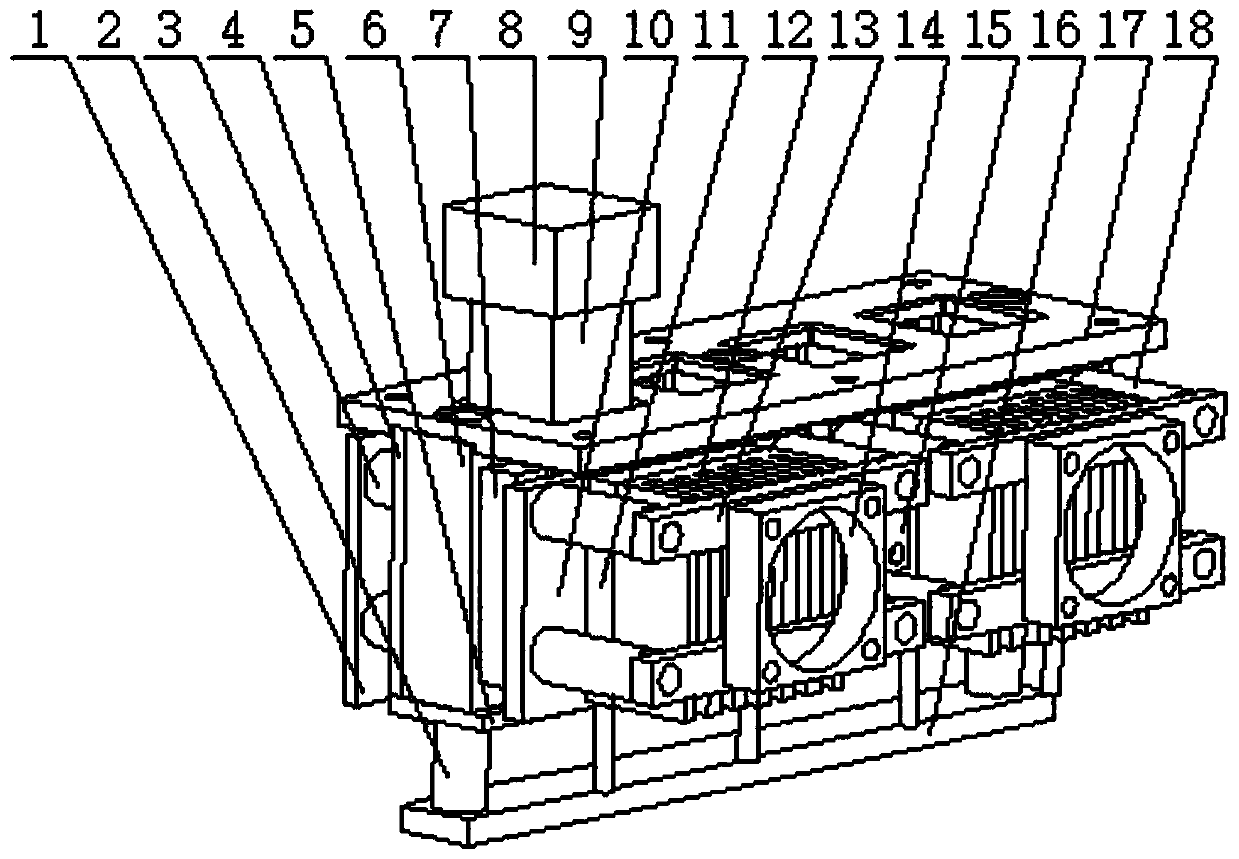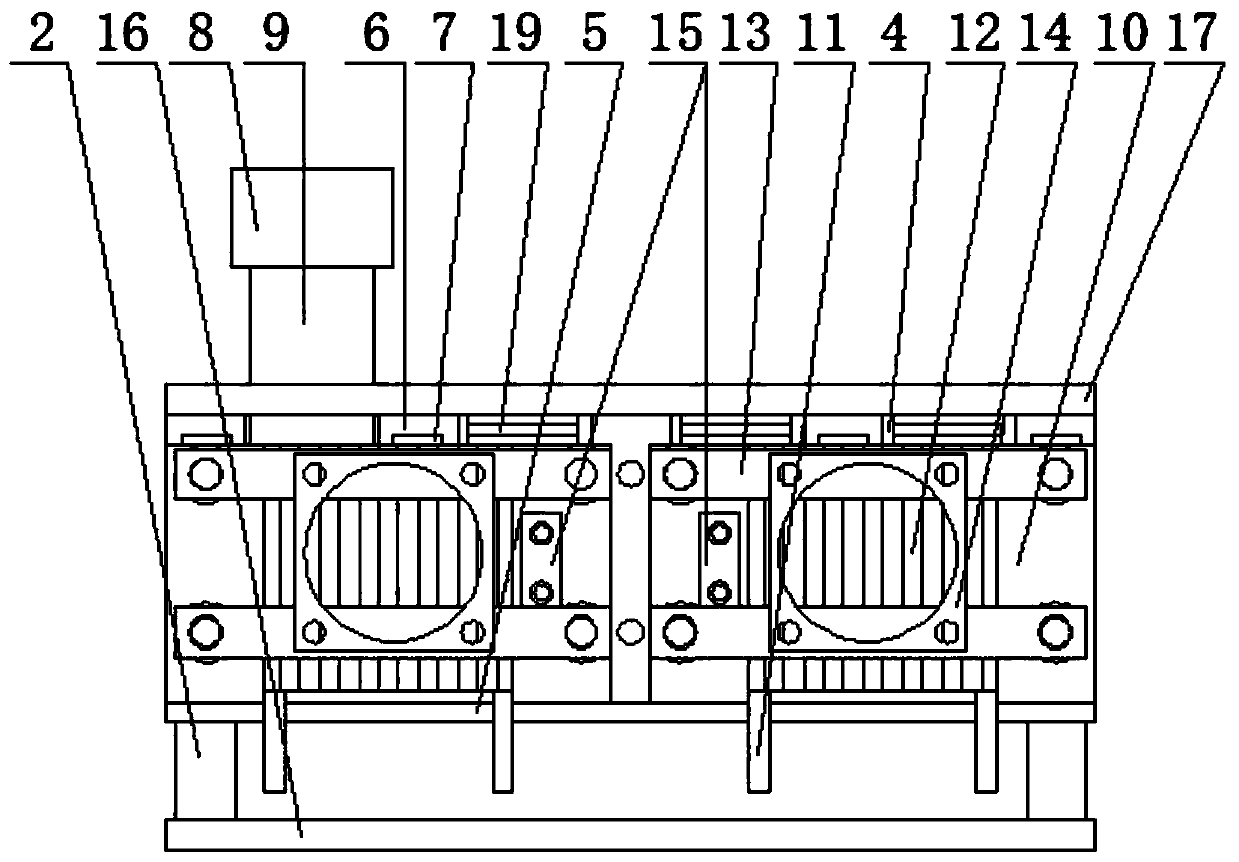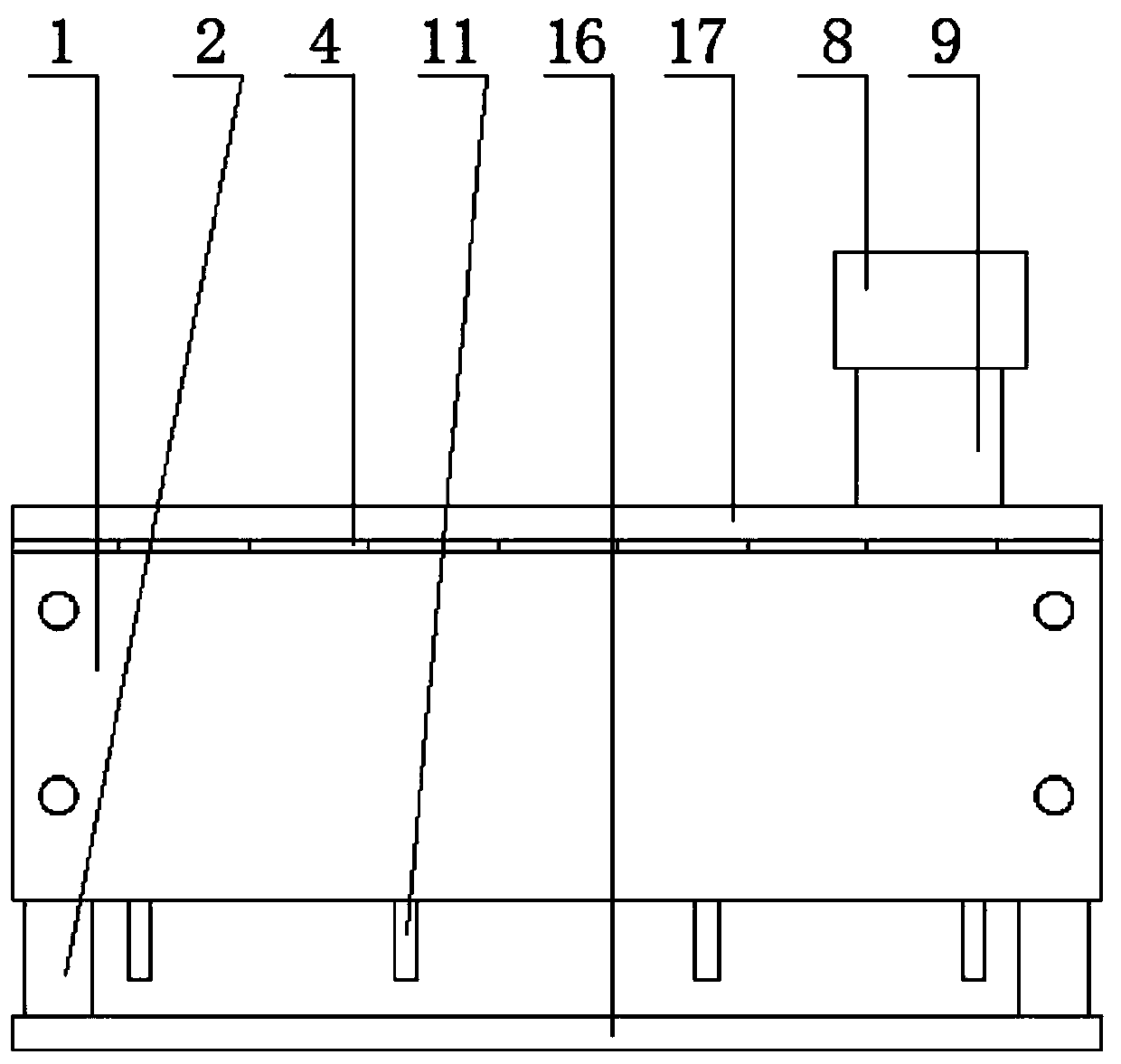Constant-temperature incubation system
A technology of constant temperature incubation and constant temperature module, which is used in chemical instruments and methods, preparation of test samples, laboratory utensils, etc., can solve the problems of unsuitable temperature control, waste of resources, and reduced market share during operation, and achieve convenient installation. The effect of commissioning and maintenance carrying, reducing design and processing costs, and improving product suitability
- Summary
- Abstract
- Description
- Claims
- Application Information
AI Technical Summary
Problems solved by technology
Method used
Image
Examples
Embodiment Construction
[0032] The specific embodiments of the present invention will be described in detail below in conjunction with the accompanying drawings, but it should be understood that the protection scope of the present invention is not limited by the specific embodiments.
[0033] Unless expressly stated otherwise, throughout the specification and claims, the term "comprise" or variations thereof such as "includes" or "includes" and the like will be understood to include the stated elements or constituents, and not Other elements or other components are not excluded.
[0034] like Figure 1 to Figure 4 As shown, the specific structure of the constant temperature incubation system according to the preferred embodiment of the present invention includes: a main control board 1 , a plurality of incubation units and a container 9 .
[0035]Wherein, each incubation unit includes: a rack, a graphene thermal conductive plate 10 , a constant temperature module 11 , a heat sink 12 , a temperature ...
PUM
| Property | Measurement | Unit |
|---|---|---|
| Thickness | aaaaa | aaaaa |
Abstract
Description
Claims
Application Information
 Login to View More
Login to View More - R&D
- Intellectual Property
- Life Sciences
- Materials
- Tech Scout
- Unparalleled Data Quality
- Higher Quality Content
- 60% Fewer Hallucinations
Browse by: Latest US Patents, China's latest patents, Technical Efficacy Thesaurus, Application Domain, Technology Topic, Popular Technical Reports.
© 2025 PatSnap. All rights reserved.Legal|Privacy policy|Modern Slavery Act Transparency Statement|Sitemap|About US| Contact US: help@patsnap.com



